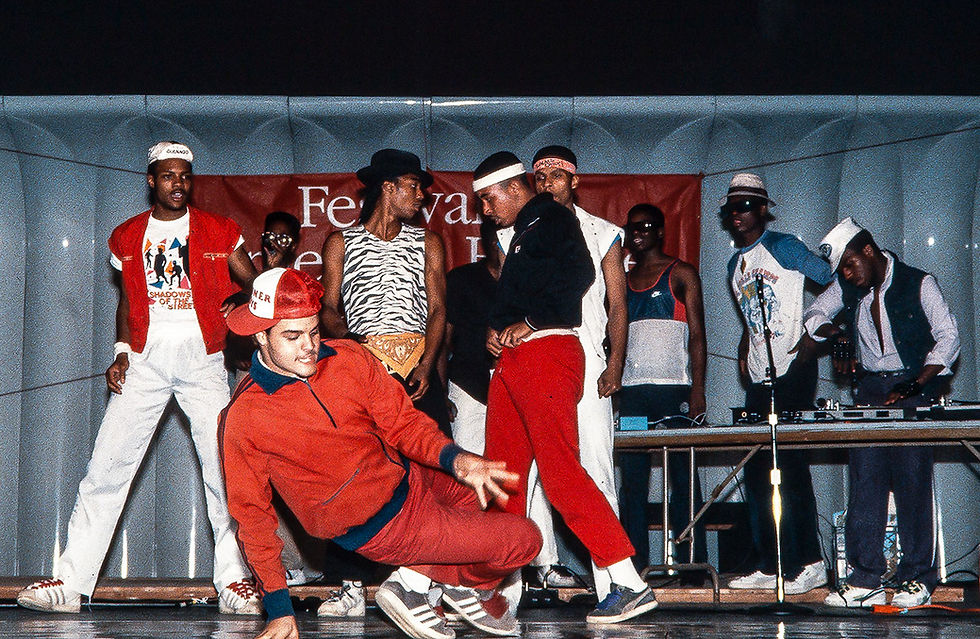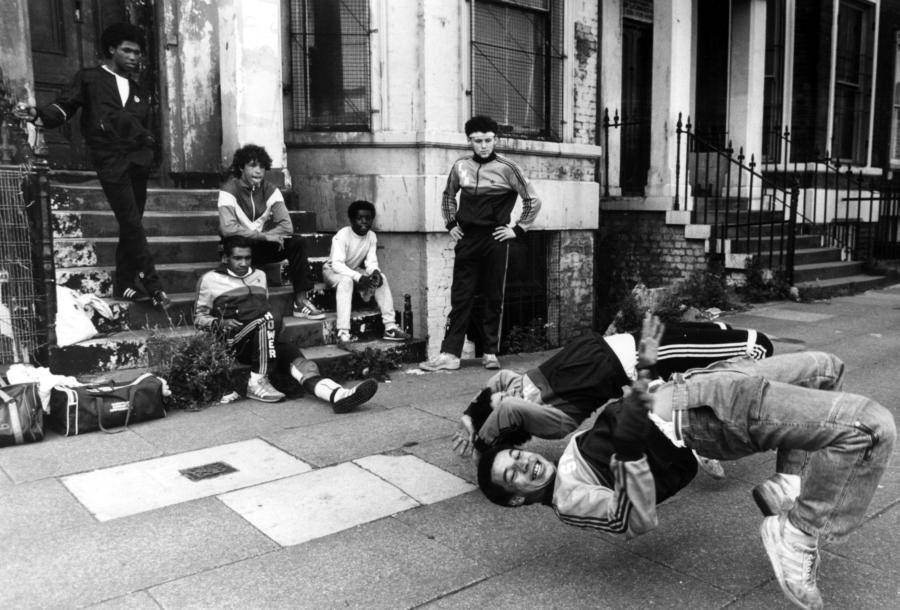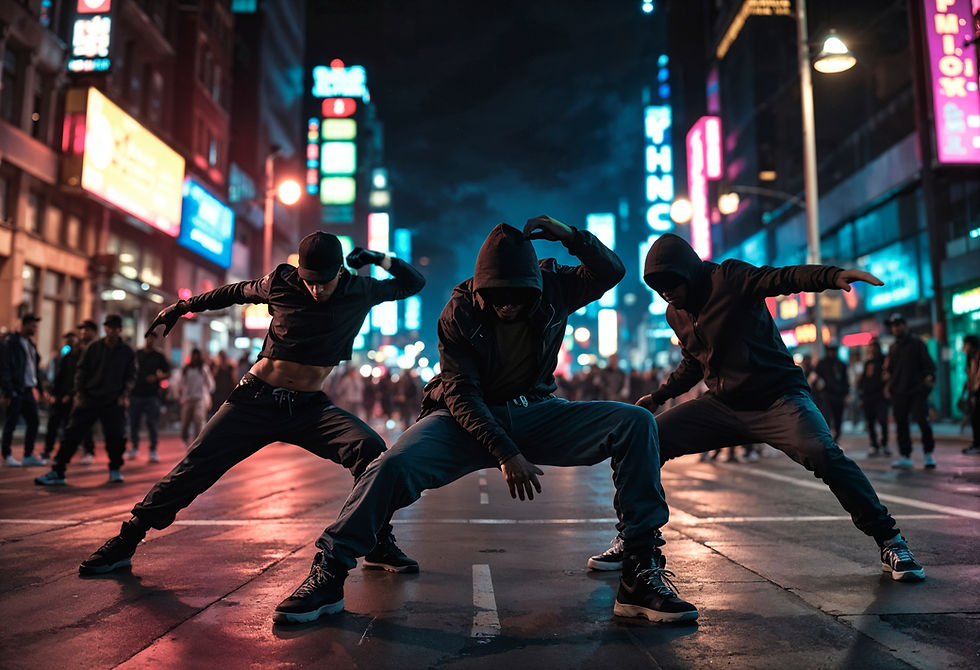Breaking (B‑boying/B‑girling): The Art & Athleticism
- jere918
- 2 days ago
- 3 min read
1. Introduction & Origins
Breaking, also known as B‑boying or B‑girling, emerged in the Bronx, New York City during the late 1960s and early 1970s, rooted deeply in Black and Puerto Rican street culture Wikipediabreakinggb.org. The term stems from DJs like DJ Kool Herc, who pioneered the use of extended drum “breaks”—the parts of records where the beat is isolated and dancers shone most Encyclopedia Britannicabreakinggb.org.
2. Why “Breaking” and Not “Breakdancing”?
Although “breakdancing” is commonly used in pop culture, many in the community prefer “breaking,” “B‑boying,” or “B‑girling.” These terms reflect the culture's roots and self-identification, whereas “breakdancing” was media‑coined and lumped the style with other unrelated dance forms, sometimes causing friction MasterClassRed Bull.
3. Core Elements of Breaking
As explained by Breaking GB and other dance guides, breaking is built on eight foundational elements:
Toprock – Standing steps that open a set, showcasing rhythm and vibe.
Go‑downs – Transitions into floor work, like the knee drop.
Footwork (Downrock) – Ground-based movements using hands for balance (e.g., the 6-step).
Freezes – Holding dynamic shapes in mid-move for emphasis.
Power Moves – Gravity-defying, momentum-driven spins like windmills and headspins.
Transitions, Tricks, Individual Style – Smooth connections, creative tweaks, and personal flair round out the dance breakinggb.orgMasterClassmygrooveguide.com.
4. Crew Culture & Competitions
Breaking isn’t just solo artistry—crews like Rock Steady Crew and Dynamic Rockers formed in the late 1970s, shaping the competitive landscape dancehouseproductions.comWikipedia. Battle culture remains vibrant, with judging focusing on:
Musicality
Technique and foundation
Creativity and personality
Execution and originality HugeDomainsDiggit Magazine
Global competitions such as Battle of the Year, Red Bull BC One, and R16 Korea draw elite breakers from around the world MasterClassDiggit MagazineHugeDomains.
5. From Streets to the Olympics
Breaking made its international stage debut at the 2018 Youth Olympics in Buenos Aires, earning recognition as a legitimate dance‑sport. Later, in late 2020, the IOC officially approved breaking for inclusion in the 2024 Paris Summer Olympics Diggit MagazineWikipedia+1Vox.
At Paris 2024, the Breaking event unfolded at Place de la Concorde on August 9–10 with 33 competitors (16 men, 17 women) battling it out in head‑to‑head single rounds WikipediaVoxEl PaísLe Monde.fr.
6. Cultural Impact & Legacy
Breaking has shed its underground label and become a global phenomenon, celebrated across continents and serving as a reference point for self‑expression, resilience, and creativity Diggit MagazineNew York PostEl País.
Its Olympic debut spotlighted not just athleticism, but also its deep cultural roots and artistry. Notably, B‑Girl Ami (Japan) and B‑Boy Phil Wizard (Canada) captured Olympic gold medals in 2024 El PaísVox. While some critics voiced concerns about its lasting Olympic presence, the discipline’s debut remains emblematic of hip‑hop’s global reach Le Monde.frThe Guardian.

Links to Learn More
Britannica: Comprehensive history and definitions of breaking Encyclopedia Britannica.
MasterClass: Breakdown of moves and major competitions MasterClass.
Breaking GB: Detailed deconstruction of breaking’s structure and its sport aspect breakinggb.org+1.
Red Bull: Exploration of terminology and cultural significance Red Bull+1.
Wikipedia (Breaking at 2024 Olympics): Stats and format of the Olympic event Wikipedia.
Vox (News): Deep dive into breaking's Olympic debut, format, and impact Vox.
Final Thoughts
Breaking is a powerful convergence of dance, culture, sport, and self‑expression. From its Bronx origins to global competition arenas, it thrives on creativity, innovation, and authenticity. If you'd like to dive deeper—maybe profiles of legendary breakers like Ken Swift, or tutorials on foundational moves—just let me know!









Comentários